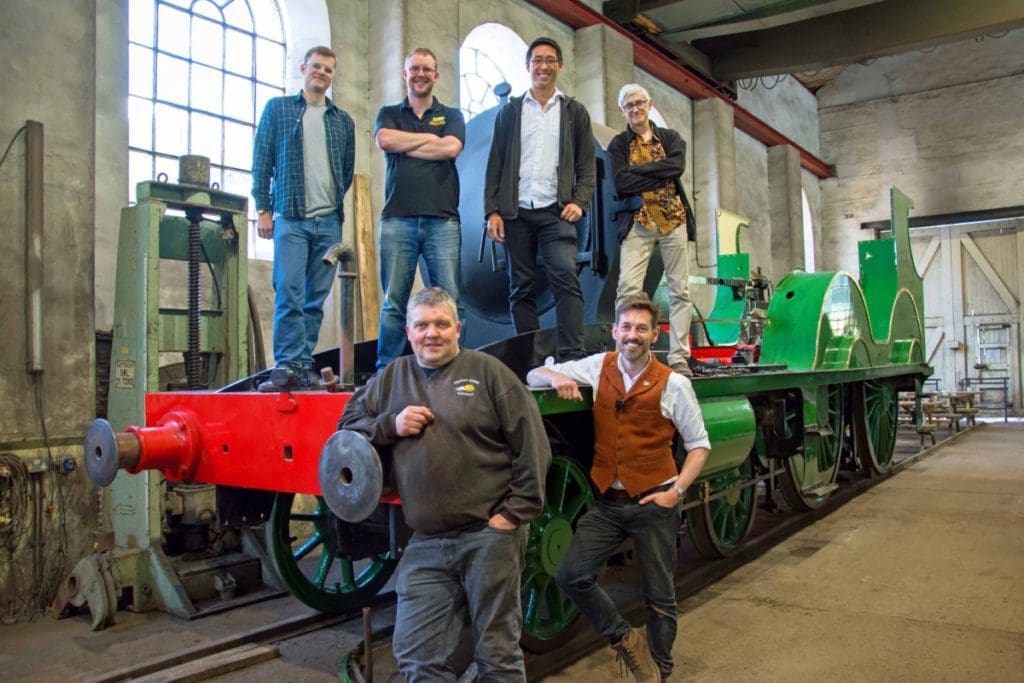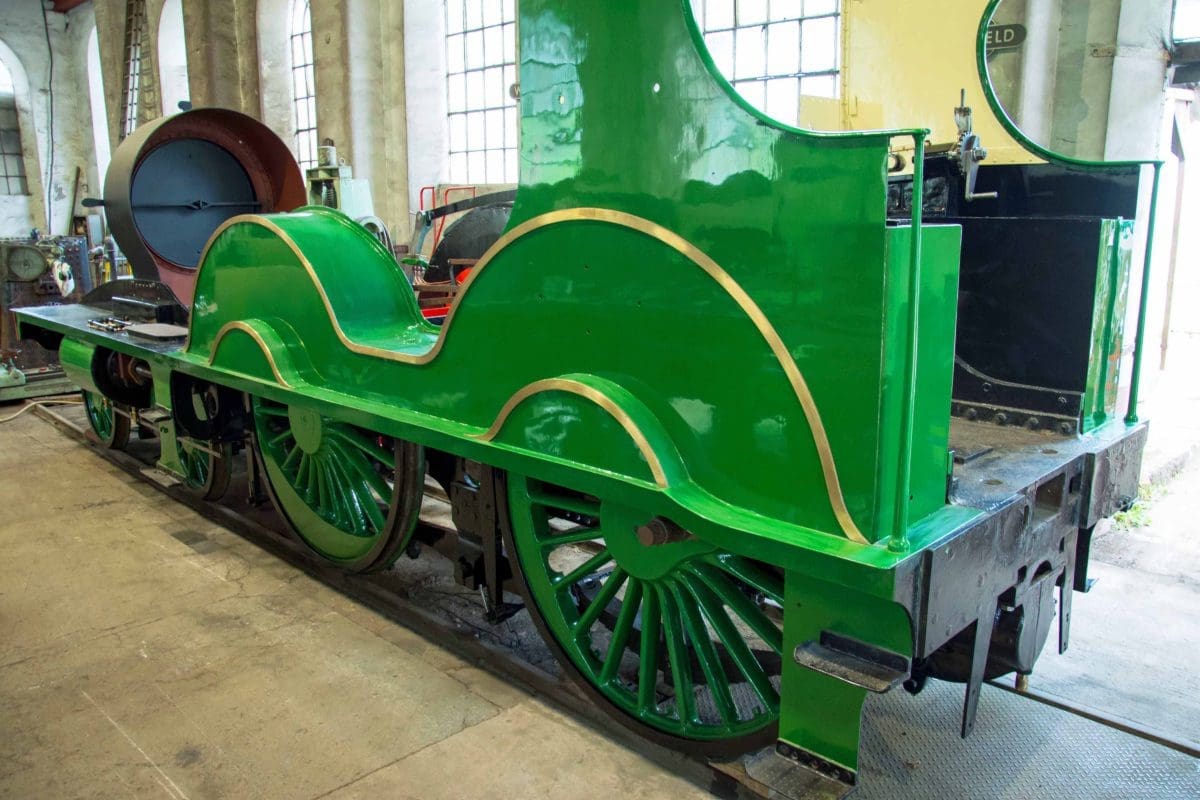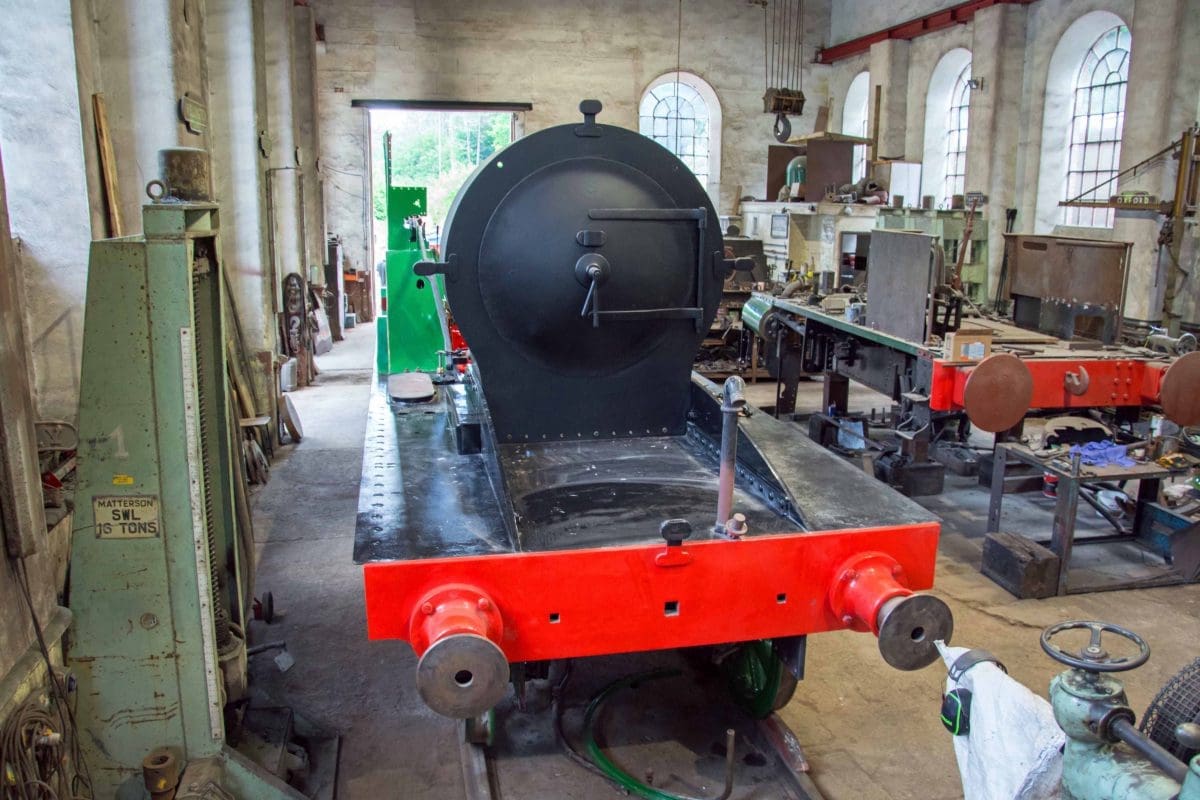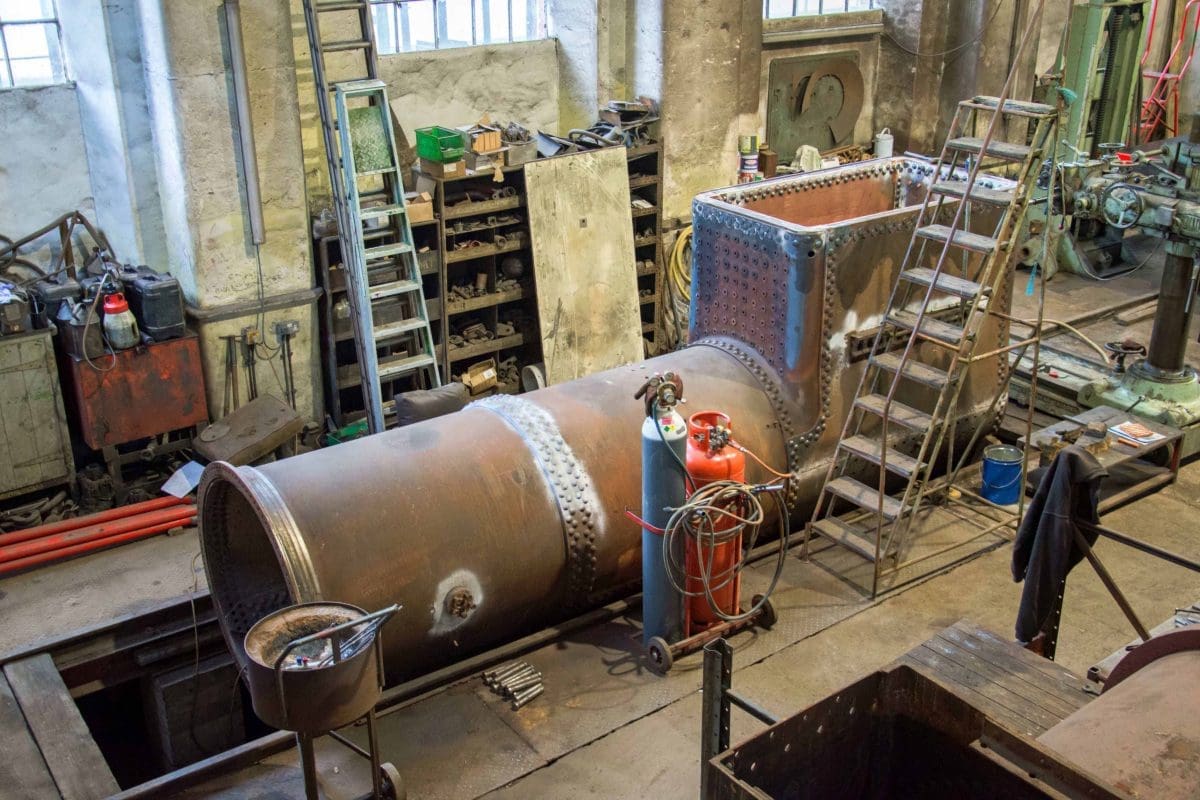
A unique Victorian steam locomotive has been re-wheeled in “a hugely significant milestone” towards restoring the historic engine to full working order and returning it to steam for the first time since 1948.
Dating from 1893 and the last survivor of its class, London and South Western Railway T3 No. 563 had travelled a total of more than 1.5 million miles when it was withdrawn from service by the Southern Railway Company in August, 1945. Bound for a scrapyard after being one of the finest express passenger train locomotives of the Victorian era, the T3 was saved from being cut up so it could be used to help celebrate the centenary of London’s Waterloo station in 1948.
It is hoped to have the 81-tonne T3 locomotive back in steam and hauling trains, for the first time in 75 years, in 2023 for the centenary of the Southern Railway and the 185th anniversary of the formation of the London and South Western Railway.
Enjoy more Heritage Railway reading in the four-weekly magazine.
Click here to subscribe & save.
Part of an ambitious £500,000 restoration project, the locomotive’s re-wheeling comes as the Swanage Railway Trust’s 563 Locomotive Group appeals to the public to sponsor a boiler stay or a boiler tube to help with the cost of restoring the T3’s boiler. Subject to a further £150,000 being raised, the restoration of the T3 – which is owned by the Swanage Railway Trust after the locomotive was donated by the National Railway Museum in 2017 – could be complete by the summer of 2023.
563 Locomotive Group treasurer Steve Doughty said: “Reuniting the wheels with the locomotive’s frames, to make a rolling chassis, is a hugely significant milestone. With both driving wheels and leading wheels in position, the stage is now set to complete the boiler this year and enable the final assembly.
“The construction of a brand new copper inner firebox for the T3 has been the lion’s share of the project so far and this has now been installed at the heart of the boiler. The T3’s firebox has 830 stays so manufacturing them out of copper bar is no small task while the cost of the copper to make just one stay is £35. The order for the boiler tubes for the T3 is also to be placed shortly with each tube costing £50.
“A limited number of original life-expired copper boiler stays from the T3 – which can’t be used in the locomotive’s restoration – are available to anyone who donates at least £1,200 to the T3 restoration project; a rare chance to own a piece of special Victorian railway history.”




Swanage Railway Trust chairman Gavin Johns, a volunteer signalman on the Swanage Railway, said: “We are working hard to ensure the engine’s preservation for future generations to enjoy and the best way to do that is by seeing No. 563 brought back to life so it can haul trains for the first time in 75 years.
“Given its Victorian heritage, the T3 has an incredibly rich history to tell and it is unique because it is the only surviving tender engine designed by the renowned locomotive engineer William Adams. No. 563 is the only steam locomotive owned by the Swanage Railway Trust and returning it to working order gives us the opportunity to show our visitors what the railway was like during Dorset’s industrial and social development in the 19th century. The T3 is a direct link to the Swanage Railway’s past – right back to the early days of the London and South Western Railway when holidaymakers first visited Purbeck by train.”
T3 No. 563 is being restored by specialist contractors at the Flour Mill workshops in the Forest of Dean, Gloucestershire.
The Swanage Railway has launched a new series of fascinating behind the scenes fund-raising videos about the history of the T3 and its restoration which can be found here. To make a donation or start a standing order, visit 563locomotivegroup.co.uk where you can also find out more about the T3’s overhaul and its fascinating history. The Swanage Railway welcomes new volunteers. Contact Swanage Railway volunteer recruitment and retention officer Jonathan Evans on 01929 408466 or [email protected]
Advert
 Enjoy more Heritage Railway reading in the four-weekly magazine. Click here to subscribe.
Enjoy more Heritage Railway reading in the four-weekly magazine. Click here to subscribe.




